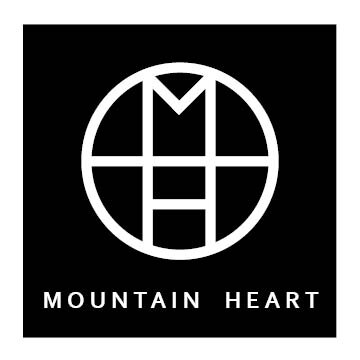Winter
Rebecca Ranta creates the warp for a handwoven Varafell during a class at the Weaver’s Croft in November. This warp is ready to be transferred to the beam of a warp-weighted loom.
It’s February. The days are growing longer, and plans for the 2025 growing season are beginning to take shape. Every year I find that there’s a day (usually in the middle of March), when my work/life shifts from indoors to outdoors, and a lot of the tasks that the cold season facilitates simply drop off my radar until October/November comes again. Before that day arrives, I wanted to get some of the impressions of the past season into written form.
I’ve been doing some weaving this winter (not as much as I’d like!), including some teaching and learning at Kate Smith’s Weavers Croft in Marshfield, Vermont. I am part of a teacher training cohort Kate is working with this year. I taught a warp-weighted loom weaving class in November, and gave a couple of independent WWL students some guidance in January.
Nighttime at Kate Smith’s winter studio.
Norman Kennedy came by to talk about distaffs, spinning, and weaving.
A houndstooth weaving in progress at Kate Smith’s in Marshfield, VT.
There’s also been quite a bit of twining going on, including this rather odd shaggy purse. The project was started last winter, and I set it aside until recently. I am using a rya technique to add the long strands to it in every other row. The warp yarn is a commercial linen rug warp, and weft is all naturally-dyed wool. I had a lot of cochineal-dyed skeins, thus the pink. Will I finish it before the March deadline bell sounds? Maybe!
A rya-style weft twining project in progress.
Recently, I joined my friend Laura Sullivan and others from UVM at Battenkill Fibers in Greenwich, NY to take a look at some hemp/wool blend yarn that the mill spun for UVM’s fiber hemp research. Current mill infrastructure in the USA is not configured to spin pure, long-line, bast fiber yarns (flax or hemp), so these blends are a way to begin to use some of these cellulose fibers in yarns. One of these experimental cones came home with me, and I will see how it weaves. The loom I’d like to use for this work is in my unheated barn studio, so I will watch the weather for a window of mild temperatures to scamper up there at do it.
At the Battenkill Fibers Mill, looking at raw and spun fiber, hemp and wool blend roving, and felted hemp materials created by Laura Sullivan.
This is the first millspun yarn created from UVM’s research crops. Laura Sullivan grew and hand-processed these fibers, and they were blended with wool at the mill to spin this yarn. This cone is about 1,500 yards, 2-ply, and weighs about one pound.
A spectacular antique Irish Castle spinning wheel came unexpectedly into my life, and was beautifully repaired by a friend of a friend who has been incredibly helpful to the local antique wheel community. I haven’t had much opportunity to spin on it yet, but this unusual design seems especially suited to flax.
An Irish castle spinning wheel. Look closely and you may be able to see there’s a broken flyer arm in this picture. My local wheel wizard has repaired this break, repaired a broken leather bearing, and straightened the drivewheel and flyer assemblies.
Of course, there was an election here in the US several months ago, and we are now several weeks into a new regime. It’s been a difficult time, and like many people, I am struggling to feel hopeful about the state of our democracy. I don’t know what the future will bring, but I hope to keep building connections within my local community, and I continue to support the good work on farming and sustainability projects being done by many people all over the world. We are legion.








